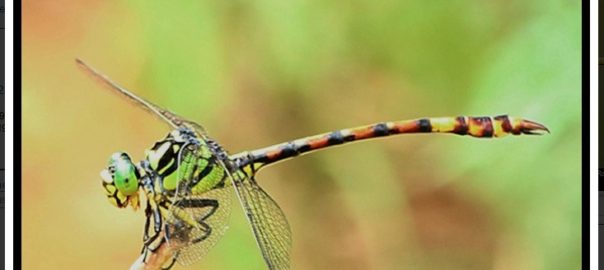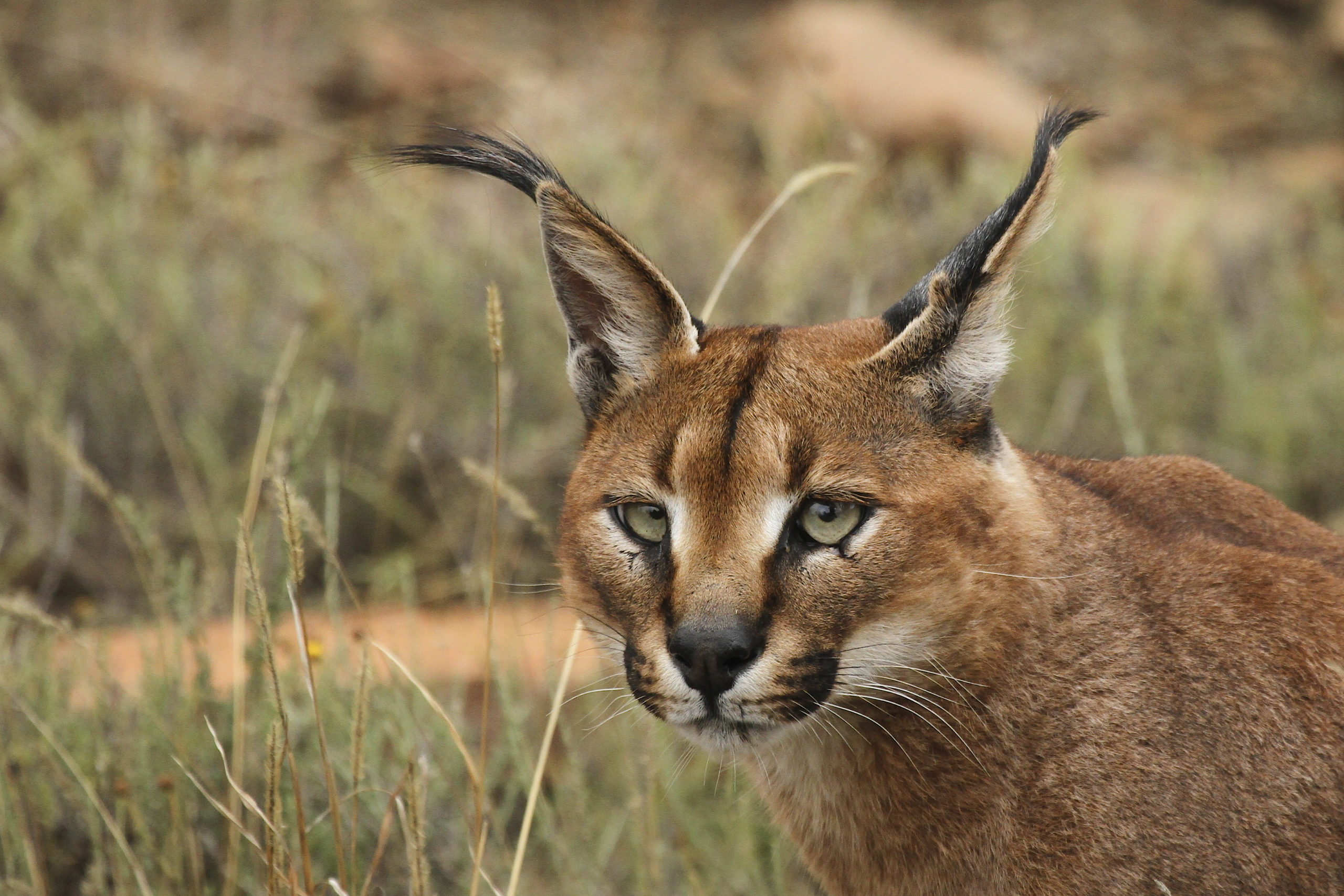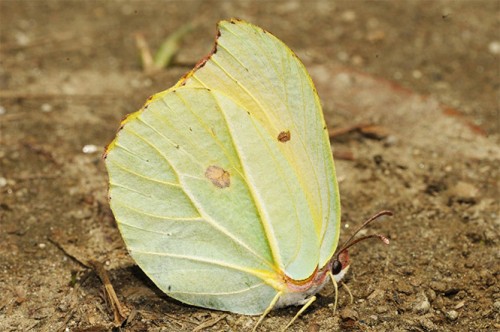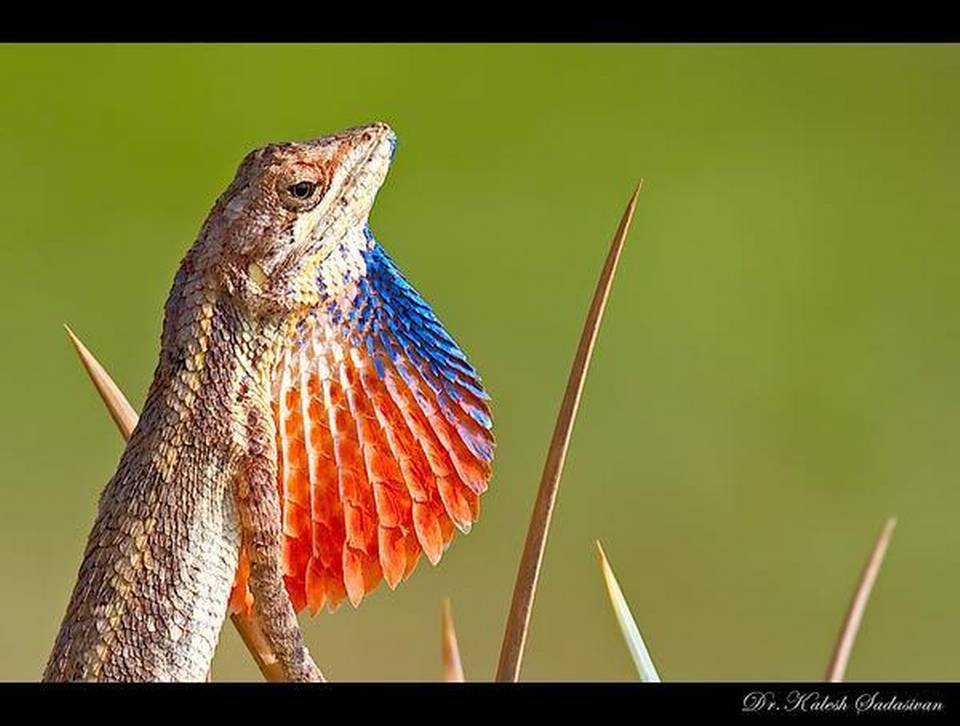Ravindran Kamatchi and S Gopala Krishnan were out birding in Kallar Garden in Coimbatore when they saw an unusual dragonfly near a stream. The two began clicking photos of the dragonfly enamoured by its bigger than usual size.
Later, they posted the pictures on a WhatsApp group ‘Odonates of the Western Ghats’ only to find that what they had done was an extraordinary feat. The dragonfly was the species Megalogomphus superbus Fraser. It had been first described from India by Scottish botanist Fraser FC, 90 years ago.
“He had spotted it in 1931 and 1934 at the Boluvampatti forest range near Siruvani,” Walayar (Kerala- Tamil Nadu border) and Kallar near Mettupalayam. The species distributed in India is endemic to the Western Ghats,” says Kalesh Sivadasan of Travancore Nature History Society to The Hindu. He has been documenting odonates for the past 20 years and has discovered 15 species from Kerala.
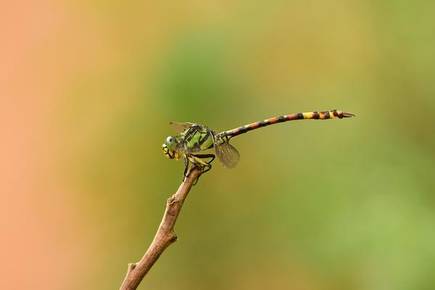
The rare beauty Megalogomphus superbus Fraser is bright green, yellow and reddish-brown in colour with bottle green eyes. When Fraser saw it in 1934, he had stated, “The species is very common in one area of South India, namely the Boluvampatti Hills of South Coimbatore.” All his records came from a single river.
It is, therefore, possible that the dragonfly has been present all this while in this little habitat but never photographed or identified till Kamatchi and Krishnan found it this time.
Krishnan in fact has been on the look out for dragonflies and damselflies for the last five years. He says there are 193 species of odonates found in the Western Ghats. The duo also spotted other odonates like the Stream Ruby, the Black-tipped Forest Glory around the stream where they spotted the rare dragonfly.
Kalesh says that the dragonfly is an aquatic species that thrives on freshwater and eats mosquitoes and other insects harmful to humans. Its presence indicates that the area is pollution free.
With fresh photographic evidence, hopefully, more researchers would be encouraged to study the area and help know more about this tiny little beauty.
Also Read: What is the Difference Between a Dragonfly and a Damselfly?
Featured image via Indianodonata.org

